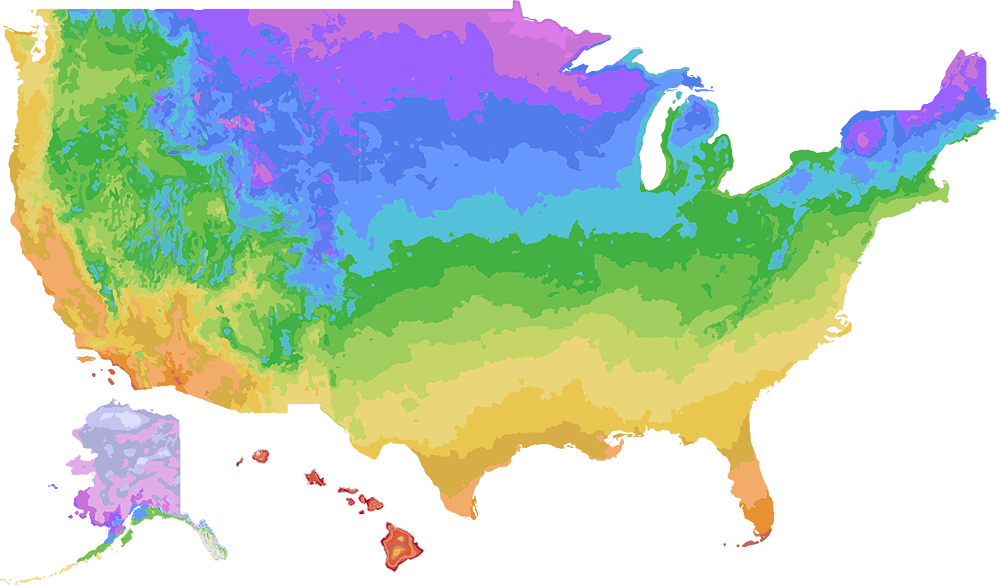I love this plant! It is one of the few plants in my garden the deer live alone!!! Will order more next spring.
Beyond Midnight® Bluebeard Caryopteris x clandonensis
- Sun
- Summer
-
Details
24 - 30 Inches24 - 36 Inches24 - 30 Inches61cm - 76cm61cm - 91cm61cm - 76cmFeatures
Dark and dreamy!
You'll love this new caryopteris - it has extremely dark, glossy foliage, a compact habit, and deep blue flowers. It adds much-needed color to the late summer landscape and makes a handsome companion with perennials. A great favorite with pollinators of all types!
Top three reasons to grow Beyond Midnight® caryopteris:
- Adds fresh color to the landscape late in the season
- Attracts bees, butterflies, and hummingbirds
- Better color and habit than other caryopteris
Long BloomingFall InterestHeat TolerantDeadheading Not NecessaryDrought TolerantAttracts:BeesButterfliesHummingbirdsResists:DeerCharacteristics
Plant Type:ShrubShrub Type:DeciduousHeight Category:ShortGarden Height:24 - 30 Inches 61cm - 76cmSpacing:24 - 36 Inches 61cm - 91cmSpread:24 - 30 Inches 61cm - 76cmFlower Colors:BlueFlower Shade:richFoliage Colors:GreenFoliage Shade:dark, glossyHabit:MoundedContainer Role:ThrillerPlant Needs
Light Requirement:SunThe optimum amount of sun or shade each plant needs to thrive: Full Sun (6+ hours), Part Sun (4-6 hours), Full Shade (up to 4 hours).
Maintenance Category:EasyBlooms On:New WoodBloom Time:Late SummerBloom Time:Early FallHardiness Zones:5a, 5b, 6a, 6b, 7a, 7b, 8a, 8b, 9a, 9bWater Category:LowNeeds Good DrainageUses:Border PlantUses:LandscapeUses:Mass PlantingUses Notes:Mixed borders; perennial gardens
Maintenance Notes:Caryopteris demands a sunny spot and very well-drained soil. Wet soils, particularly those that remain soggy during periods of cold weather, will cause root rot. For this reason, we recommend early season planting of caryopteris in zones 5 and 6.
Caryopteris should be cut back every spring to ensure sturdy, dense growth. You may give it a light trim in late autumn, once it has gone dormant, to remove the old flowers and eliminate possible seed spread. However, do not cut into any thick, woody stems until new growth begins to emerge in spring. Then, cut the whole plant back to just above where large, healthy buds are emerging.
Fun Facts:Caryopteris is also known as bluebeard or blue mist spirea - but it's not a spirea at all. In fact, they're not even remotely related.
Beyond Midnight® Caryopteris x clandonensis 'CT-9-12' USPP 27,426, Can 5,414 -
24 Reviews
514413219Browse reviews from people who have grown this plant.-
Cynthia, Texas, United States, 25 weeks ago
-
I purchased 6 of these in 2022- they were stunning at the nursery, only 2 remain alive- unfortunately, I cannot recommend as these are a proven loser.
JerG, Utah, United States, 1 year ago -
Just loved this little Bluebeard when I came across it late last spring and had the what I thought was perfect full sun spot for it. I seemed to do wonderful right through fall. Now all I have are a few dead branches and no sign of the plant emerging from the ground. I don’t know what happened and just found out that the garden center I purchased it from doesn’t guarantee for the first year. Oh well!
Wendy Cortese, New York, United States, 2 years ago -
Very beautiful plant and blooms in zone 7A. Planted with soil conditioner because of clay soil. Bees were all over it late summer to fall.
K.L.A., North Carolina, United States, 3 years ago -
I have planted this in a NYC garden and another garden 2 hours north. What is the secret to making this plant survive?
Christine Bates, New York, United States, 3 years ago -
I love Proven Winners advertising, great photos, great plants and good grouping recipes, the only thing I don't like is their prices when items are mail ordered. I get it, boxing and shipping are costly. My advice, go to your local garden center first. No need to pay more than you have to. $10 to $12 for a gallon size container is about right and when you're there who knows what else you'll find. Also, we have some fantastic growers close to home here in Northern CA. No mail order for me.
Gardening Grandma, 4 years ago -
I bought two of these for our home SE of Seattle. They’ve got full sun, and great drainage for our soggy winters. They’re planted with gaura, salvias, lavender, lilies, and crocosmia in a border, and have thrived for several years. My favorite thing is when the light pink guara grows through them, and it becomes a mass of flowers and pollinators. Absolutely gorgeous.
Karlina, Washington, United States, 4 years ago -
I love this plant! I bought 2 and kept one in a pot and one in the ground. In zone 6 both came back after 2 winters. This spring I have transplanted them both into a spot where I can see them better. I also pruned them and the look fantastic! So much new strong growth coming back!
Courtney, New Jersey, United States, 4 years ago -
I adore this plant as a late season prolific bloomer. The color is gorgeous and it’s the best fall pollinator I have except for a New England aster. Perfect shrub size. Needs to be pruned back in early spring after new growth appears. I originally had 2. One did die due to too much water from one of the worst flood years on record. The other was in a slightly better draining location and thrived. We bought 2 more as a backdrop to a new flower bed. I suspect this plant should be treated like Russian sage. Keep it a little dry, neglect it a little. Probably does better in poor soil like lavender.
KelzSTL, 4 years ago -
Planted in early/mid-summer 2018 and it did really well until winter. The rabbits destroyed a good part of the plant during the winter, but not enough for it to not survive. They destroyed many other plants and those have all come back fine- a bit smaller but still healthy. I attribute the cold winter to this one not surviving. As beautiful as it was, I won’t try this again. I will find a heartier perennial with like-color to plant in its place. Based on other reviews that are similar to mine, I imagine zones 6-9 have better luck with this plant. Zone 5 winters have been colder these last few years and I think they have a hard time surviving the extreme cold. Had it survived, it may have become my favorite plant. The color and amount of blooms were mesmerizing! It became covered with bumble bees so keep that in mind while choosing a location.
Michelle P, Wisconsin, United States, 5 years ago
-






















